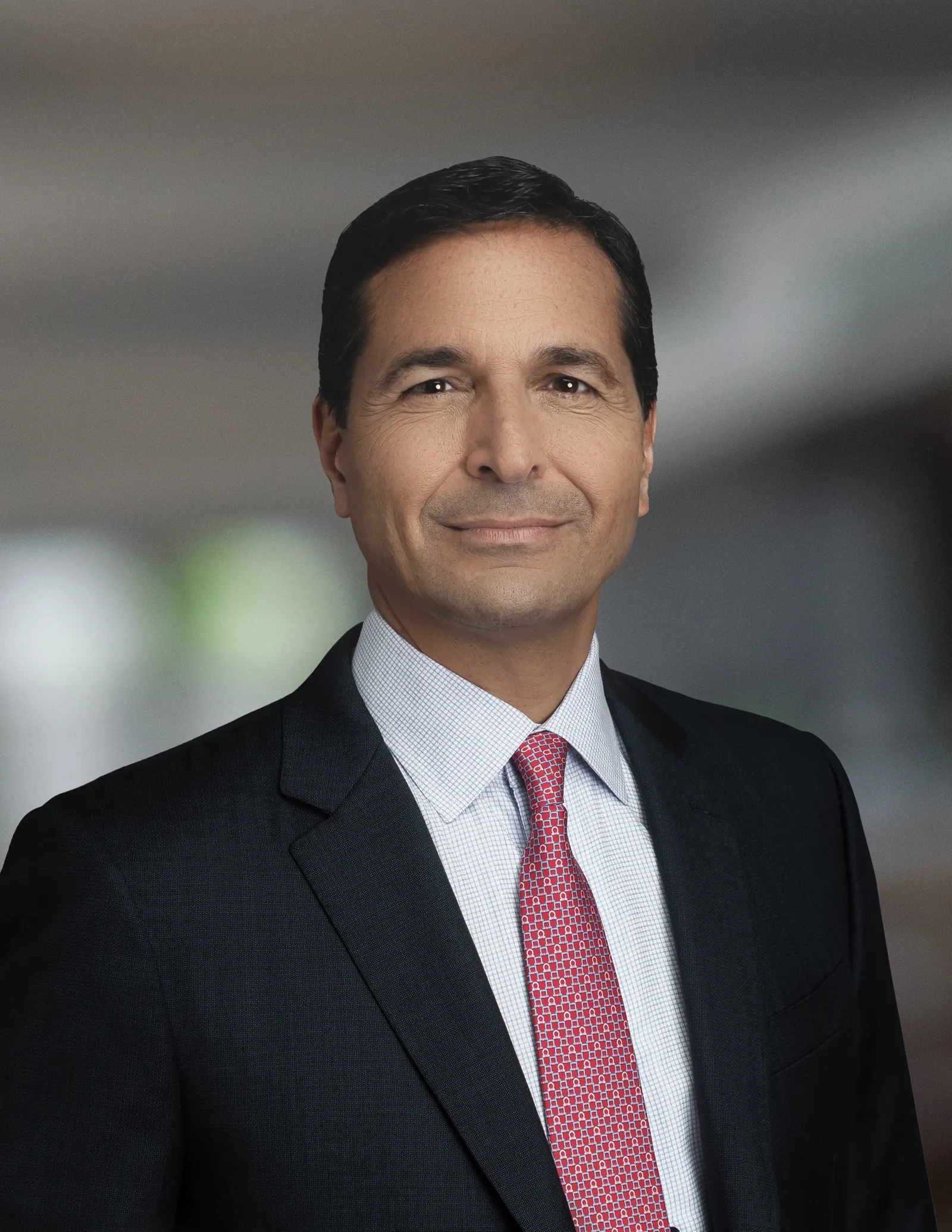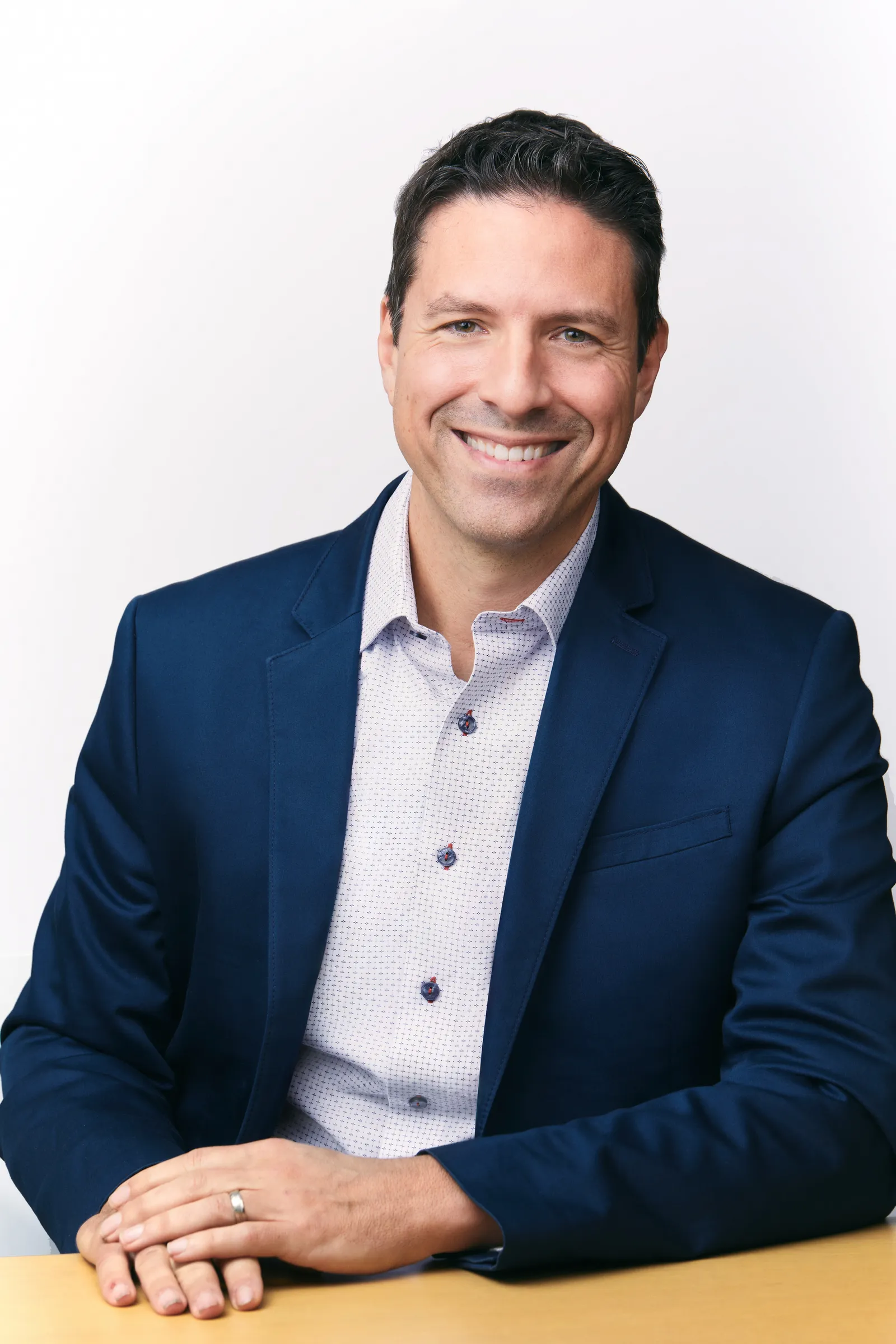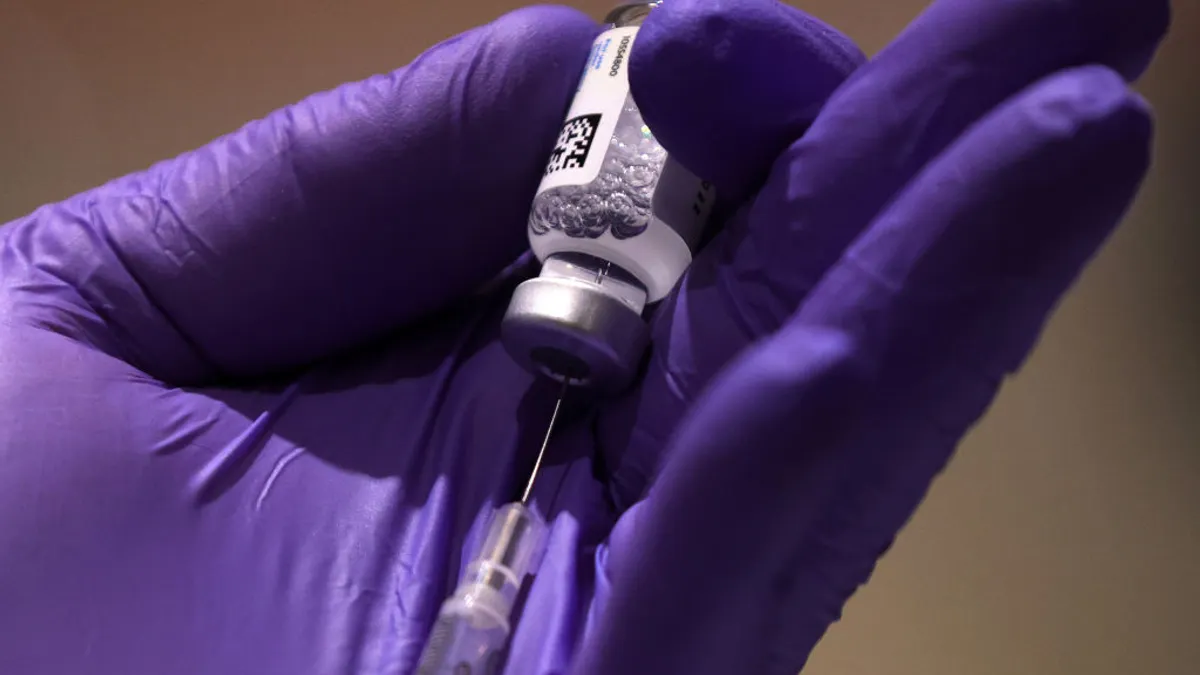What was the one issue everyone was talking about at the J.P. Morgan Healthcare Conference this week? Most executives agreed that for biotechs, the matter on everyone’s mind is how to keep the ship afloat in choppy waters.
“It’s all about cash runway,” said Robert Ang, CEO of Vor Bio, a clinical-stage company developing blood cancer treatments.
Monday’s M&A news about tie-ups such as AstraZeneca’s $1.3 billion buyout of CinCor Pharma injected a sense of market optimism into the event. Still, discussions also swirled around gloomier news from companies like Editas, which announced that it’s cutting a fifth of its workforce and pulling back on R&D, and what that means for the industry’s trajectory.
The turbulent market conditions — brought on by shrinking biotech investments, rising interest rates and macroeconomic trends — are likely to continue late into 2023, most industry leaders believe. While the storms persist, questions about how much cash a biotech has and how they’re going to get more are likely to hang heavy over the sector.
The bottom line: Times are different, and the feeling was palpable at JPM.
“It’s a very different JPM than it has been in the past. The dynamics have changed,” Johanna Mercier, chief commercial officer at Gilead, said. “The smaller biotechs are less comfortable and are looking for support. So instead of people knocking on their doors, now it’s the other way around.”
What can companies do to weather the turbulent waters? Here’s some advice execs at JPM had to offer their peers.
Be smart with cash
“We’ve seen a lot of companies that got public money or big evaluations that wouldn’t be able to command the same investments today. There have been these cycles in biotech before, so now it’s the nuclear winter. And there are a different set of operating rules in terms of preserving cash and lengthening runway.
(At BioMarin), we’re on the other side of that journey. We’ve started thinking about putting away capital to enable us to do things, and we’re pretty selective about what we do. We’ve been able to invest in R&D and we have a pretty thick pipeline.
But I’m also on boards of companies (and for them), I know that you have to be disciplined. You have to focus on cash events, and focus on what makes a big difference for people. That leads to shareholder value creation. And then when you go back and say you need more money, you have to show that you’ve been good stewards of the cash. “
Hank Fuchs, president, worldwide research and development, BioMarin

Don’t focus on getting bought
“Run your company like you’re going to own it forever. That is the best way to get value for investors and for your company. When you’re working with a plan to get bought, then you’re not in control. Pay attention to financing and the runway. But make sure you’re never in a position where someone can come in and get you for less value. “
Dr. Vlad Coric, CEO, Biohaven

Understand the market and patient needs
“(For digital startups), focus on a real-world problem. Are you solving (an) unmet need for patients? Have a business model for a real-world problem. You have a lot of solutions out there looking for problems.
No. 2: Realize that healthcare is a particularly difficult and disruption-resistant industry. It’s not like retail. Your customer is different (from) your consumer, who is different from your payer — and there’s no other industry like that. Even if you are solving a problem for patients, they will not want to pay for themselves. So you have to pay attention to the incentive systems in the industry.”
Greg Meyers, chief digital and technology officer, Bristol Myers Squibb

Raise funds when you can
“Always raise money even when you don’t need it. And know it’s all about execution. Results are what drive biotech companies.”
Bill Enright, CEO, Vaccitech
Focus on results

“Right now clinical data is everything. No one is rewarding platform tech. And even milestones like getting into the clinic are not being rewarded. It’s all about the delivery of data and if that bears out your thesis.
So if you have multiple assets, maybe save some money, work on the one you really believe in and then focus to get that into clinic as soon possible.”
Robert Ang, CEO, Vor Bio
Know your long-term plan
“Having an endgame is really important. There were a lot of companies before that had a cool idea — like a new discovery engine or modality — but maybe the next parts of the pipeline weren’t going to be competitive. Or they had insights but no way to turn them into therapeutics. And over the past few years when the cost of capital was low, a lot got funded for maybe incremental changes. Ultimately everything that goes into science is good for patients, so it’s a net positive. But it’s really important today to make sure that what you’re creating actually has a path forward — that it’s going to be unique and have potential.”
Kevin Parker, CEO, co-founder, Cartography Biosciences
Don’t be too picky with partnerships
“When there was a lot of hype in the market, it messed with people’s psychology. Companies thought they had a lot of value but in reality, they were just expectations. And when you have the company, sometimes you think you have the best. It’s hard to admit that you have certain vulnerabilities. So you have to embrace that and move on.
Now, if you don’t have cash and you need it, then you have to figure out (how) to have access to it, so don’t be too picky. Be flexible and open to partnering. Times are not going to get better. So companies need to be more open (to) new ways of raising money.”
Zhi Hong, CEO, co-founder, Brii Biosciences
Look for funding options outside the U.S.
“I would consider an Australian strategy. We went down to one program in late 2021 to allow us to survive and do at least one phase 2 study. We were looking very hard and succeeded in finding funding. For example, we were able to get a nice grant out of Singapore for developing a joint lab program that gets a lot of work done for us.
And we have been very successfully getting an Australian tax credit. For that deal, any work we do we can charge to the Australian government and get back 43% across the board, which has amounted to about $25 million. For this kind of deal, you do have to have a subsidiary and IP in Australia. And the question for them is: What skin do we have in the game? They’ll want to know that you’re doing something relevant to patients in Australia.”
Harish Dave, chief medical officer, AUM Biosciences
Expand your borders
“Many of these Chinese biopharma companies want to work together to develop products for the Chinese market. U.S. companies can take advantage of that trend. I already see emerging companies, like Summit Therapeutics, taking this approach. And companies will build a win-win situation. Globalization is still going. So why not consider your options?”
Patrick Lu, CEO, president, founder, Sirnaomics




















